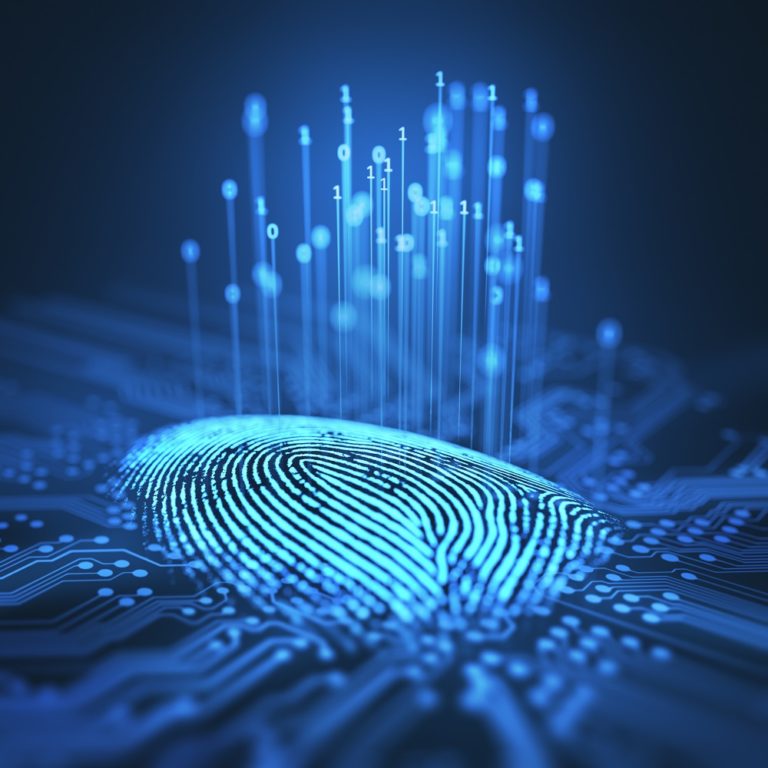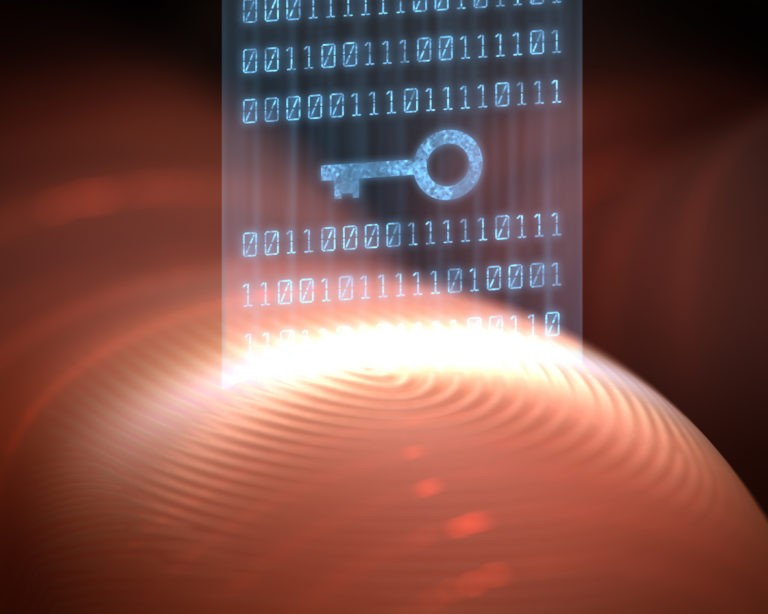
What is Type 3 Authentication?
Inherence-based authentication. Authentication based on a physical characteristic unique to a person (biometrics including fingerprint, facial, and vein scans). Biometrics can be used as one of the factors in a two-factor authentication solution. Strong authentication since a fingerprint is cannot be guessed or replicated. However, once a biometric fingerprint is compromised, it is forever compromised since one cannot ever change their fingerprints.
Commonly referred to as inherence-based authentication, type 3 authentication is based on physical characteristics, unique to an individual. In simple terms, it is something you are, includes any part of your body that can be offered for biometric authentication such as fingerprints, retina scans, voice verification, facial recognition, palm scanning, or vein scans. These factors are intrinsically owned by the individuals, offering a strong authentication since they cannot be replicated by the cybercriminals.
Inherence authentication is rapidly growing in popularity and all the latest electronic devices including smartphones and laptops employ sophisticated biometric technology for authentication and verification of users. As biometric traits are 100% unique to individuals, type 3 authentication is more secure and efficient than other forms of authentication – which are knowledge-based authentication and possession-based authentication. What’s more, it offers convenience, remarkable speed, and users don’t have to memorize lengthy passwords every time they have to log in.
Type 3 authentication compares the match between two sets of inherence authentication, the biometric data captured from the user to the authentic data stored in a database. Note that the criteria for a successful authentication for this match are “nearly identical but not exactly identical” since this match can’t be 100% unique. The professionals posit that the use of inherence-based authentications will only continue to grow more sophisticated and more widely used – to mitigate the threat of fraud or access to confidential data.
Biometric authentication is considered the most powerful authentication process designed to ward off unauthorized parties from breaching the authentication system. However, there’re fundamental issues with it. Once a biometric verification is breached, it’s breached forever since the user cannot change their retina, fingerprint, or veins pulse. Plus, cybercriminals used sophisticated tactics to compel an individual to use their biometric verification without them knowing what they are really authenticating. For instance, many cases have been registered where the biometric device suddenly pops up the message “authenticate with your fingerprint” and the users blindly accepted the dialog. For this reason, always pay heed to the message. A similar kind of clever Touch ID scam hit the Apple Play Store in 2018. But these threats can be offset by using reliable biometric sensors.

Enterprise 2FA and password manager. One key for all your passwords. Experience fully automated login and security. For example, faster MFA, auto-OTP, password manager, and worry-free workflow with proximity-based privileged access management for Windows 11, 10, 8, 7, VPNs, websites, and desktop applications including MES, EHR, CAD, and more. Overall, a massive upgrade to security and efficiency.
or call 240-547-5446

